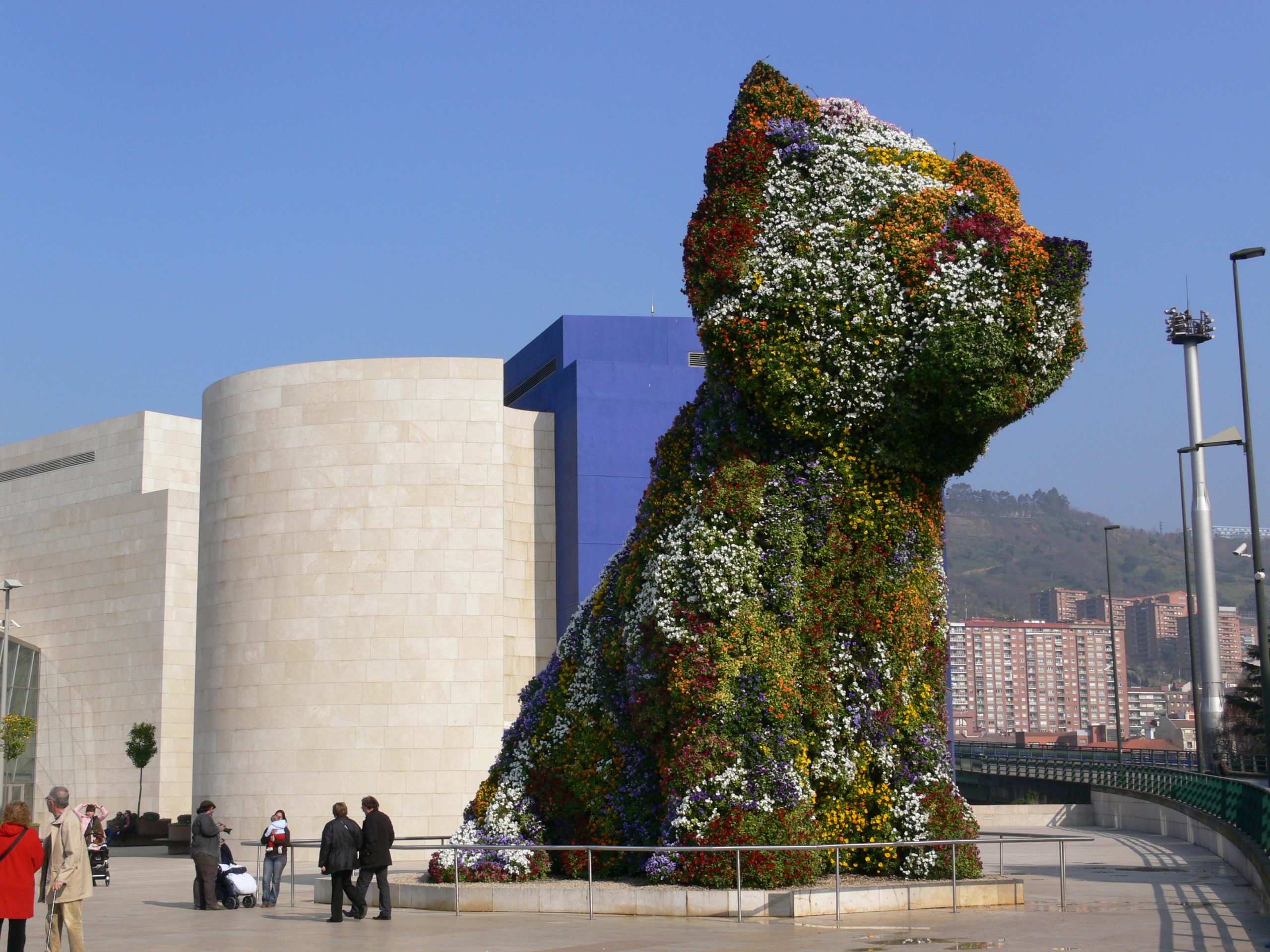
The topiary is for many an art, since like all types of art that exist, a minimum knowledge is required to make a splendid work. Perhaps that is why it attracts so much attention, because when it comes to ornamental pruning, there are very few limits: only the characteristics of the plants, and the imagination that the artist has.
Although this is an art that forces you to be very aware of its topiary so that it remains in the desired shape, none could survive if said artist did not know well the plant he is working on. In fact, if this were not fulfilled, no matter how much desire and enthusiasm you had, it would be a bit difficult to do a good job. Because, We are going to tell you what the topiary consists of.
What is the topiary?

The topiary is a practice carried out by gardeners or ornamental landscapers which consists of give artistic shapes to plants, whatever they are, although the woody ones (trees and shrubs) are used more. For example, André Le Notre, designer of the gardens of Versailles in 1662, opted for conical and pyramidal shapes; In contrast, in XNUMXth-century England, the most widely used were diamonds, butterflies, hearts, bows and crescents.
Today, there are topiaries even in the shape of animals, such as the famous dog designed by Jeff Koons, which can be admired in the Guggenheim Museum in Bilbao (Spain), or the dragon in the Tao Dan Park, in Ho Chi Minh city (Vietnam).
How to make a topiary?
With a lot, a lot, a lot of patience. Topiary art needs the person who is going to do it to be very patient, since otherwise he will be frustrated and will not reach his goal. But in addition, it must be constant, since if it were not, any carelessness could greatly delay the work.
If you meet these two main characteristics, you can get to work. To do this, you must follow these general steps:
Choose the location and design of your topiary
This is the first step, and the most important since it will be from there when all the others can be carried out. Because, do not hesitate to look at images of topiary art, either on the Internet and / or in landscaping books and decide where you are going to put it depending on the size you want it to be.
To make it easier for you to make that decision, mark the space you want it to occupy with ropes, stones, planks, or whatever you have closest to hand.
Prepare the tools
Now that you know what shape your topiary is going to have, it's time to prepare the tools, apart from some good ones. pruning shears. These will vary depending on how it is going to be. For example, If you are going to have straight shapes you may need a wooden slat frame, strong ropes and / or zip ties.
In the event that you choose to give it a fantasy shape, you will need a mold with metal mesh. Placed in its place, it is filled with plants and what should not be cut out.
Get the plants to make topiaries that you like the most
The plants that best lend themselves to this art They are those woody, with small and evergreen leaves, and a rather compact size, such as these:
Trees
- Holly
- Small-leaved ficus // Image - Wikimedia / David J. Stang
- Image - Wikimedia / Philipp Guttmann
- Holly (Holly aquifolium)
- Common cypress (Cupressus sempervirens)
- Small-leaved ficus (Ficus benjamina)
- Yew (Taxus baccata)
Shrubbery
- Boxwood // Image - Wikimedia / Sannicolasdeugarte
- Eponymous
- Pitosporo // Image - Wikimedia / Jean-Pol GRANDMONT
- Teucrio // Image - Wikimedia / James Steakley
- Boxwood (Buxus sempervirens)
- Evonimo (Euonymous japonicum)
- pittosporum (Pitosporum tobira)
- Teucrius (Teucrium fruticans)
Anyway, you should know that you can also use perennial flowering plants, such as geraniums (Pelargonium), gazanias (Gazania freezes), dimorphic libraries (Dimorphoteca) or carnations (Dianthus caryophyllus). Even with succulent plants You could get a spectacular topiary, but yes, small and very low maintenance.
Bring your topiary to life

Image - Wikimedia / Hans Bernhard (Schnobby)
The last step, for now, is to make the topiary; namely, plant the plants. It is very important that the trees and shrubs chosen are of considerable size, since it is not possible to work with young specimens. Therefore, it is preferable to acquire them at least 2 meters high, and with a trunk thickness of at least 4 centimeters.
Then, you just have to plant them in place, and give them the shape you have decided before starting in late winter or early spring, which will be when the plants will begin to come out of their winter slumber. Maintenance pruning, that is, those that consist of trimming the stems a little, have to be done throughout the year, which is why the work will never be completely finished.
Photos of topiaries
If you need inspiration, here are some photos of very interesting topiaries:
- Image - Wikimedia / santiago lopez-pastor
- Image - Wikimedia / Sailko
- Image - Wikimedia / Diego Delso
- Image - Flickr / F Delventhal
The topiary is an art that attracts a lot of attention. In the past, it was typical of the formal gardens that the royal family especially enjoyed, but today the truth is that it looks great on anyone. And you, what did you think?













